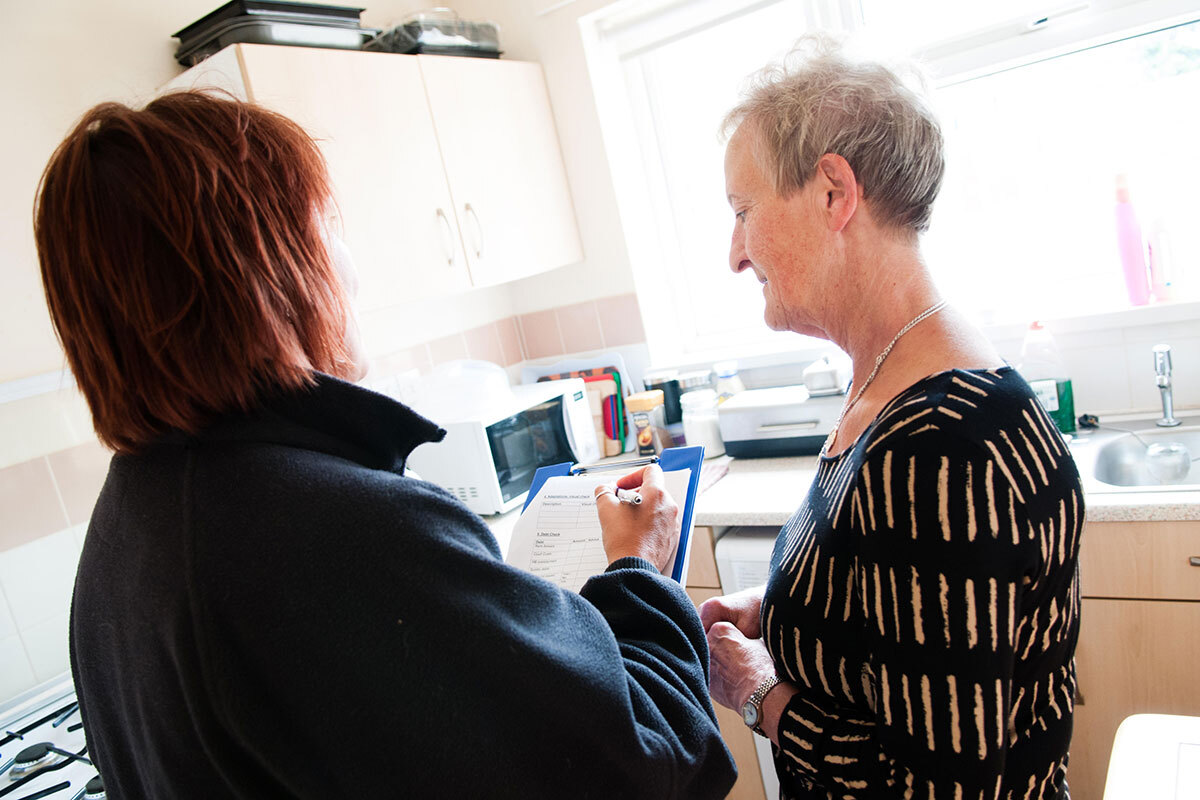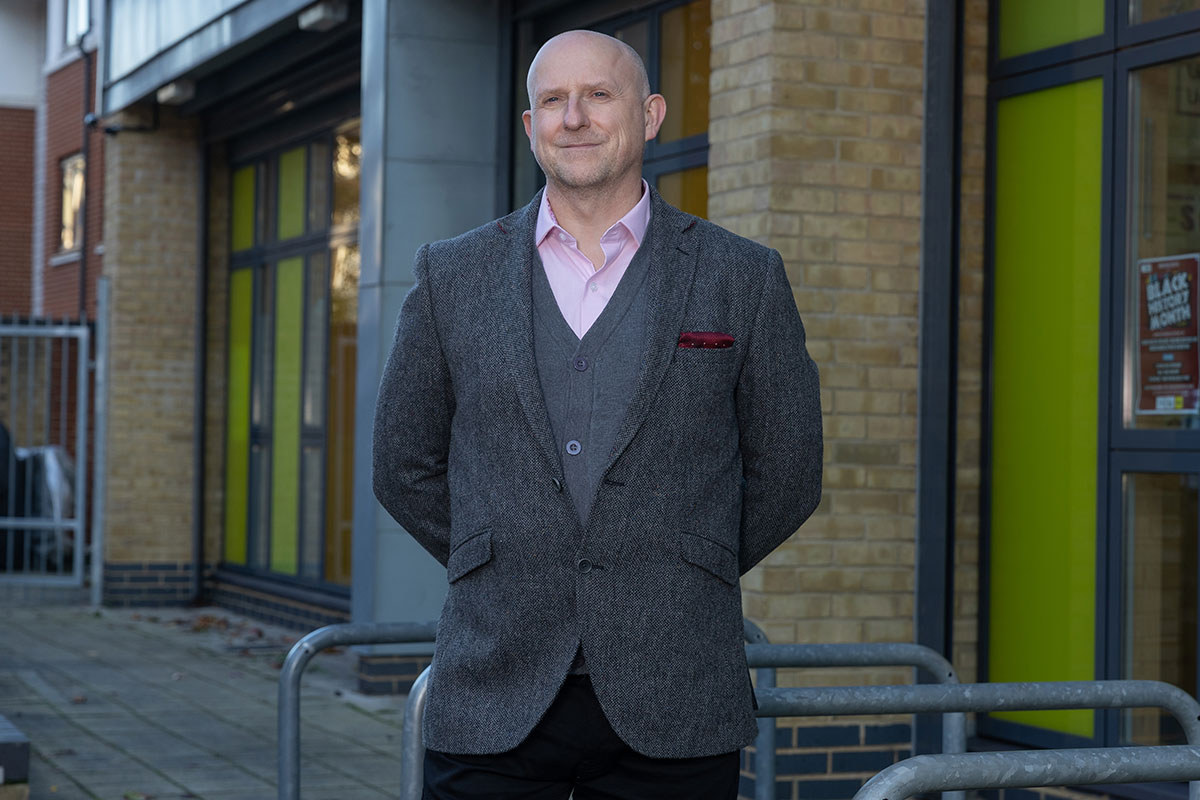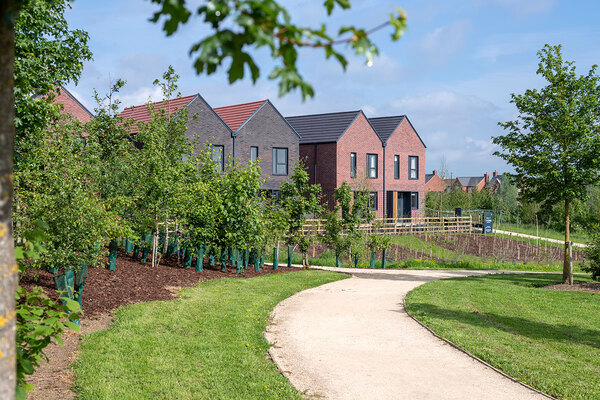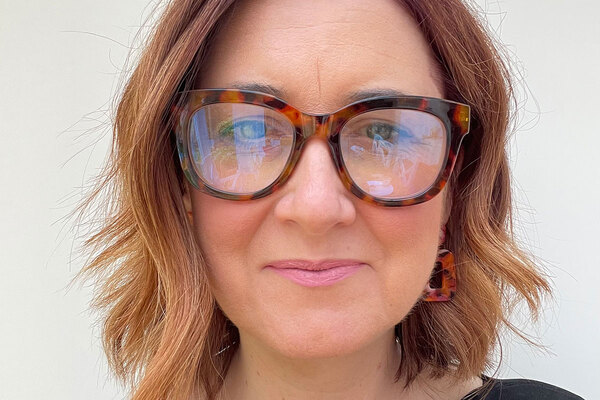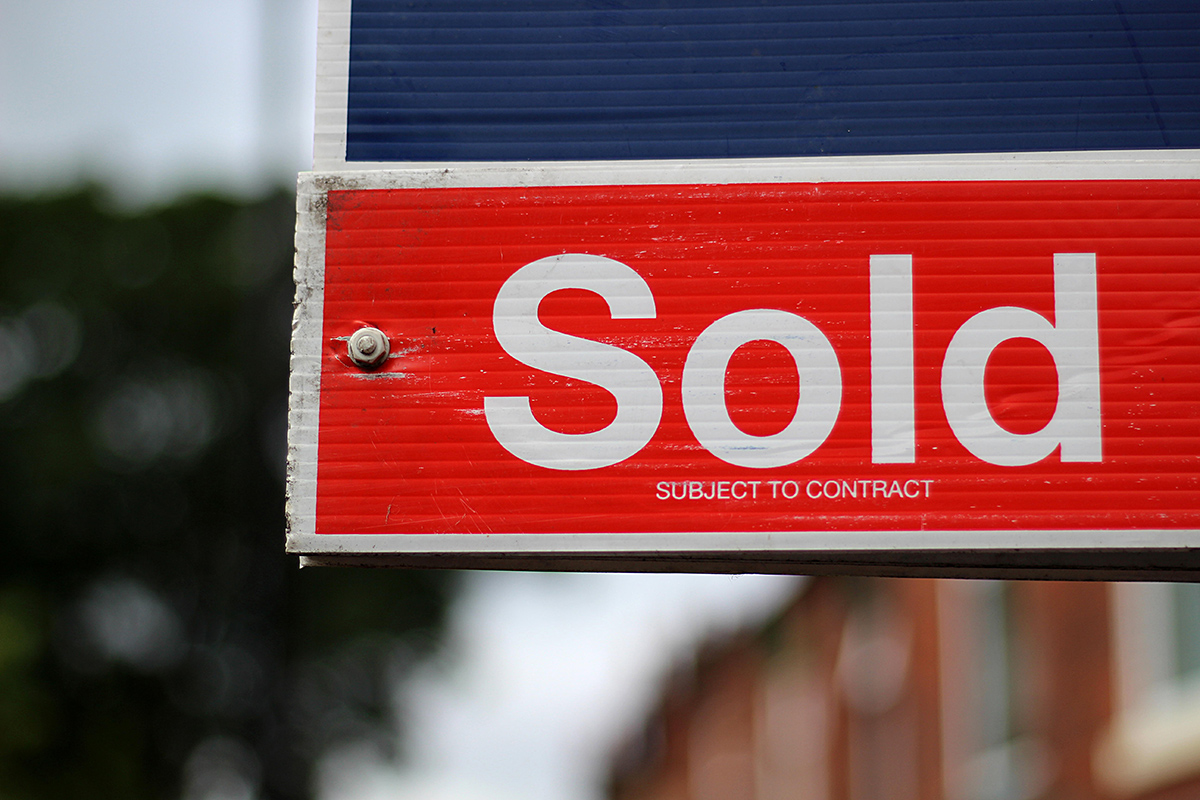You are viewing 1 of your 1 free articles
Market uncertainty and drop in land sales prompt annual surplus warning from G15 giant
G15 landlord L&Q has warned that its annual surplus is likely to be lower than forecast as it deals with higher building safety costs, an uncertain property market and a sharp drop in turnover from land sales.
The 120,000-home landlord made the admission in a stock market update today, which forecast that its full-year post-tax surplus will come in between £240m and £260m, having previously said it would be in the range of £260m and £280m.
This projection is still significantly higher than last year’s surplus of £154m.
L&Q reported that in the nine months to the end of December 2022, its post-tax surplus was down 31% to £138m, and turnover dipped 4% to £793m.
Like its G15 peers, L&Q is facing a wide spectrum of challenges, including the building safety crisis, tackling damp and mould in homes, and the wider economic issues affecting the property market.
In its update, the association reported that its turnover from land sales in the nine months slid from £108m to £19m – a drop of 82%.
Waqar Ahmed, group finance director at L&Q, said the landlord’s developer arm, L&Q Estates, has “material unconditional and conditional exchanges in place with completions expected before the financial year end”.
But he added: “If these land sales are not completed, there is a downside risk to meeting our EBITDA projections.”
It comes as major house builders, including Barratt and Persimmon, have signalled they are being more selective in acquiring land amid the faltering property market.
In this nine-month period, L&Q saw its income from property sales increase 12% to £221m. However, its operating surplus from sales, including land sales, nearly halved to £18m.
Completions were a bright spot, with 3,007 home handed over in the year to date – up 5% on the previous year. It comes two years since L&Q revealed it was cutting its annual housebuilding target by 70%.
On building safety, Mr Ahmed said L&Q has made “significant progress” to meet the requirements of new laws. But he added that “defects” in buildings were still being found, leading to higher operating costs.
In its previous full-year, the association reported a provision of £24m for build defect liabilities, relating to “substandard works” at schemes it had built.
L&Q is also spending significant amounts on upgrading its current housing stock, which includes tackling damp and mould issues. This focus, Mr Ahmed said, combined with higher inflation, is “adding pressure to operating costs” while higher interest rates have “weakened interest coverage ratios”.
L&Q also reported that its tenant arrears had edged up to 5.7%, compared with 5.6% at the end of last March.
Group debt was broadly flat at around £5.4bn, compared to the previous year-end.
L&Q was among an initial wave of landlords downgraded to a V2 rating for financial viability by the English regulator late year due to the current economic uncertainty.
Sign up for our development and finance newsletter
Already have an account? Click here to manage your newsletters
Sign up to the Social Housing Finance Conference 2023
Join us at the Social Housing Finance Conference, recognised as the longest-standing UK-wide, one-day event of its kind. It brings together over 350 sector leaders, and senior finance and treasury professionals from housing associations and local authorities to discuss the strategic, operational and technical finance matters of most importance.
Click here to find out more and book your delegate pass.

